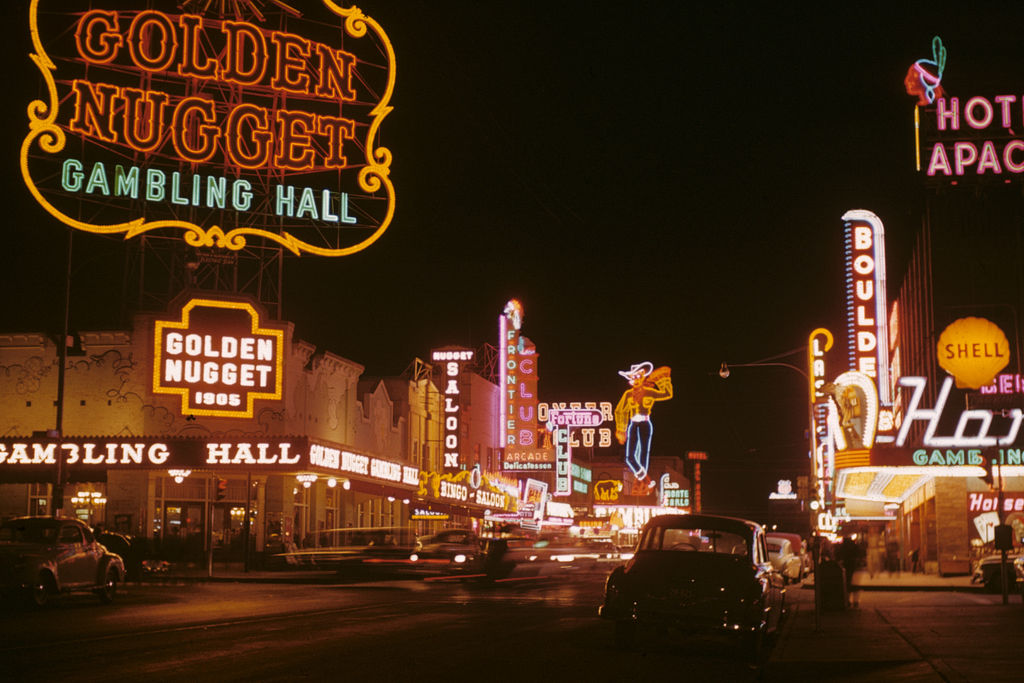
Definition and Characteristics of Neon Lights
Neon lights, known for their vivid brightness and diverse colors, are a striking type of lighting. These lights operate by using inert gases in discharge tubes to produce light and are widely used in billboards, decorations, and art installations. This article will delve into the history and development of neon lights, highlighting their importance in modern society.
The Origin and Early Development of Neon Lights
The history of neon lights dates back to the late 19th century. French chemist Georges Claude invented the neon light in 1910 and showcased it for the first time at the Paris Motor Show in 1915. Early neon light technology primarily used neon gas, which, when ionized in a discharge tube, emitted a red glow. This technology quickly gained popularity in advertising and commercial applications.
Development of Neon Lights in the 20th Century
The Golden Age of the 1920s and 1930s
The 1920s and 1930s were the golden age of neon light development. Neon lights quickly became popular in major cities across Europe and America, becoming essential tools for advertising and decoration. New York’s Broadway, Las Vegas casinos, and Hollywood’s film industry all benefited from the addition of neon lights. Iconic neon landmarks like the “Broadway Theatre” and the “Hollywood Sign” remain impressive to this day.
The Peak Period from the 1940s to the 1960s
During the 1940s to the 1960s, neon light technology continued to advance, and designs became more diverse. Neon lights were not only used for commercial advertising but also widely appeared in films and popular culture. The movie “Neon Nights” is a representative work of this period, showcasing the enchanting charm of neon lights.
The Global Spread and Influence of Neon Lights
The Popularity of Neon Lights in Europe and America
The popularity of neon lights in Europe and America significantly influenced urban landscapes. New York’s Times Square and Las Vegas’s Strip are typical examples of neon culture. The colorful neon lights make these cities’ nights more dazzling and vibrant.
The Acceptance and Development of Neon Lights in Asia
Asian cities such as Tokyo and Hong Kong quickly embraced neon lights. Tokyo’s Ginza and Hong Kong’s Mong Kok are famous for their bustling neon advertisements, becoming must-visit attractions for tourists.
Applications of Neon Lights in Other Regions
The application of neon lights is not limited to Europe, America, and Asia. They are widely used in other regions worldwide, becoming part of global urban nightscapes.
Modern Neon Light Technology and Art
Modernization of Neon Light Technology
With technological advancements, neon light technology continues to modernize. The application of new materials and processes makes neon lights more durable and energy-efficient. The emergence of LED neon lights has injected new vitality into traditional neon lights.
Neon Lights as an Art Form
Modern neon lights are not just tools for illumination; they have also become a unique art form. Many contemporary artists use neon lights to create stunning artworks, which hold a significant place in modern art exhibitions.
Future Trends of Neon Lights
Sustainability and Environmental Issues
In today’s environmentally conscious world, the sustainability of neon lights has become a focus. The application of new energy-saving materials and technologies will make neon lights more environmentally friendly in the future.
Application of Neon Lights in Smart Cities
With the rise of smart cities, the application prospects of neon lights in urban planning and design are broad. Smart neon light systems can achieve remote control and diverse lighting effects, adding more beauty and functionality to cities.
Future Directions of Neon Light Design
Future neon light designs will emphasize personalization and innovation. Designers will use advanced technologies and materials to create more stunning neon light works.
Conclusion
From their invention to modern applications, neon lights have undergone a century of development. They are not only crucial tools for business and advertising but also an essential part of urban nightscapes and modern art. With technological advancements and innovative designs, neon lights will continue to play a vital role in the future, illuminating our lives.
